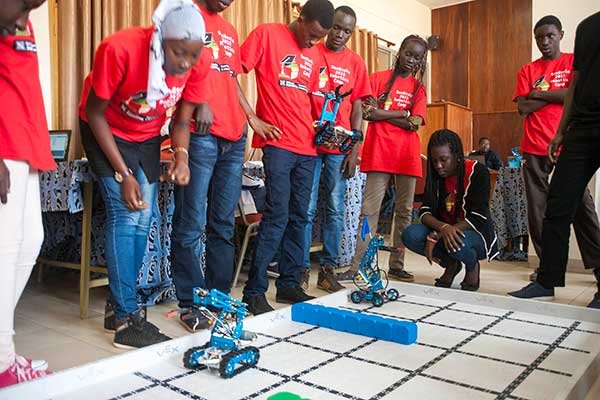IMPACT OF ROBOTICS TO THE WORLD

No single fact or statistic can wholly capture the condition of robots in the world and for a variety of reasons the question is? “what is the impact of robots in the world?" May be its unanswerable. However, some trends appear to have held over time and in the most general sense, the condition of robots in the world may be characterized as having more or less held constant or improved over the course of the last four decades. This is not the end of the story though. Looking at robots in the 21st century from this broad perspective disguises trends that concern many analysts and drive policy in this area. Among these concerns are persistent achievement gaps between various demographic groups. Computers are already approving financial transactions, controlling electrical supplies, and driving trains. Soon, service robots will be taking care of the elderly in their homes, and military robots will have their own targeting and firing protocols.As argued, that as robots take on more and more responsibility, they must be programmed with moral decision-making abilities, for our own safety.

The three laws of Robotics:
Robot may not injure a human being or, through inaction, allow a human being to come to harm.
Robot must obey orders give in to it by human beings except where such orders would conflict with the First Law.
Robot must protect its own existence as long as such protection does not conflict with the First or Second Law.
With these three we changed our perception of robots forever when these laws were formulated to governing their behavior. In I, Robot, Asimov chronicles the development of the robot through a series of interlinked stories: from its primitive origins in the present to its ultimate perfection in the not-so-distant future–a future in which humanity itself may be rendered obsolete.
